Welcome to EyeVisPod Research
Quality of vision as an important outcome in the evaluation of cataract and refractive surgery, is a complex multifactorial concept, is a comprehensive measure that includes visual performance at near, intermediate and far distances under varying light and contrast conditions

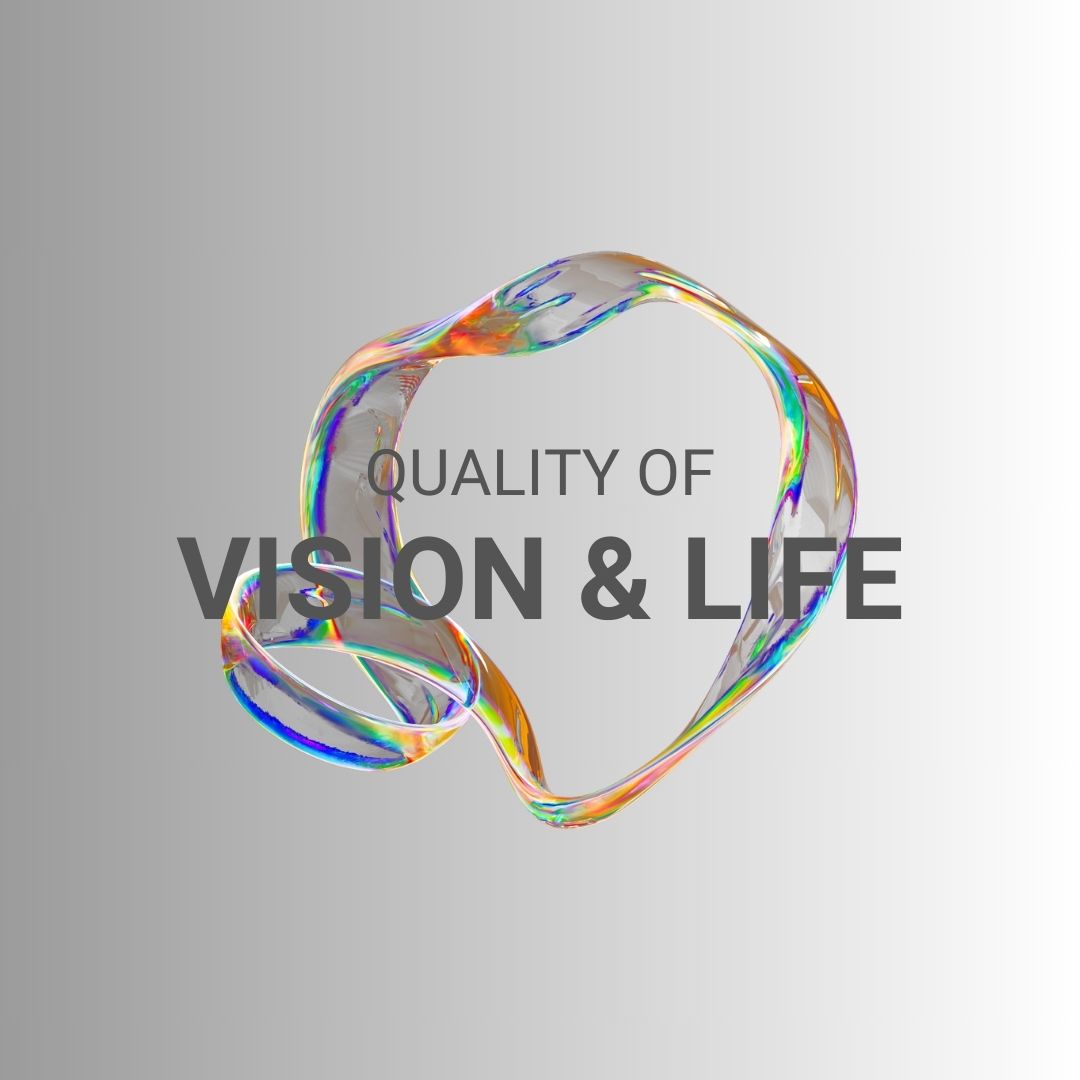
Definition
Quality of Vision
Many relevant technological improvements have been made. Diagnostic instruments, surgical devices, and a large number of IOLs and premium IOLs have been developed. The ultimate goal in all of these areas is to achieve a good quality of vision and life for our patients. Yet, we need to quantify that end goal to give a number to the outcome. It is like having a race car with the best technology, but we still do not have the speedometer to know how fast it is.
- Quality of vision
- Quality of life
Excpectations
Personalised Medicine
Today’s standards in personalised medicine and the expectations, good visual acuity, high contrast sensitivity, strong near and distance vision, good adaptation to bright and dark lighting conditions, and optimal interpretation of sensory input by the brain, but they are not the only parameters that determine the performance of a new surgical approach or lens. Perception and how patients live their lives in relation to their vision have become essential to current scientific research.
- needs
- expectations
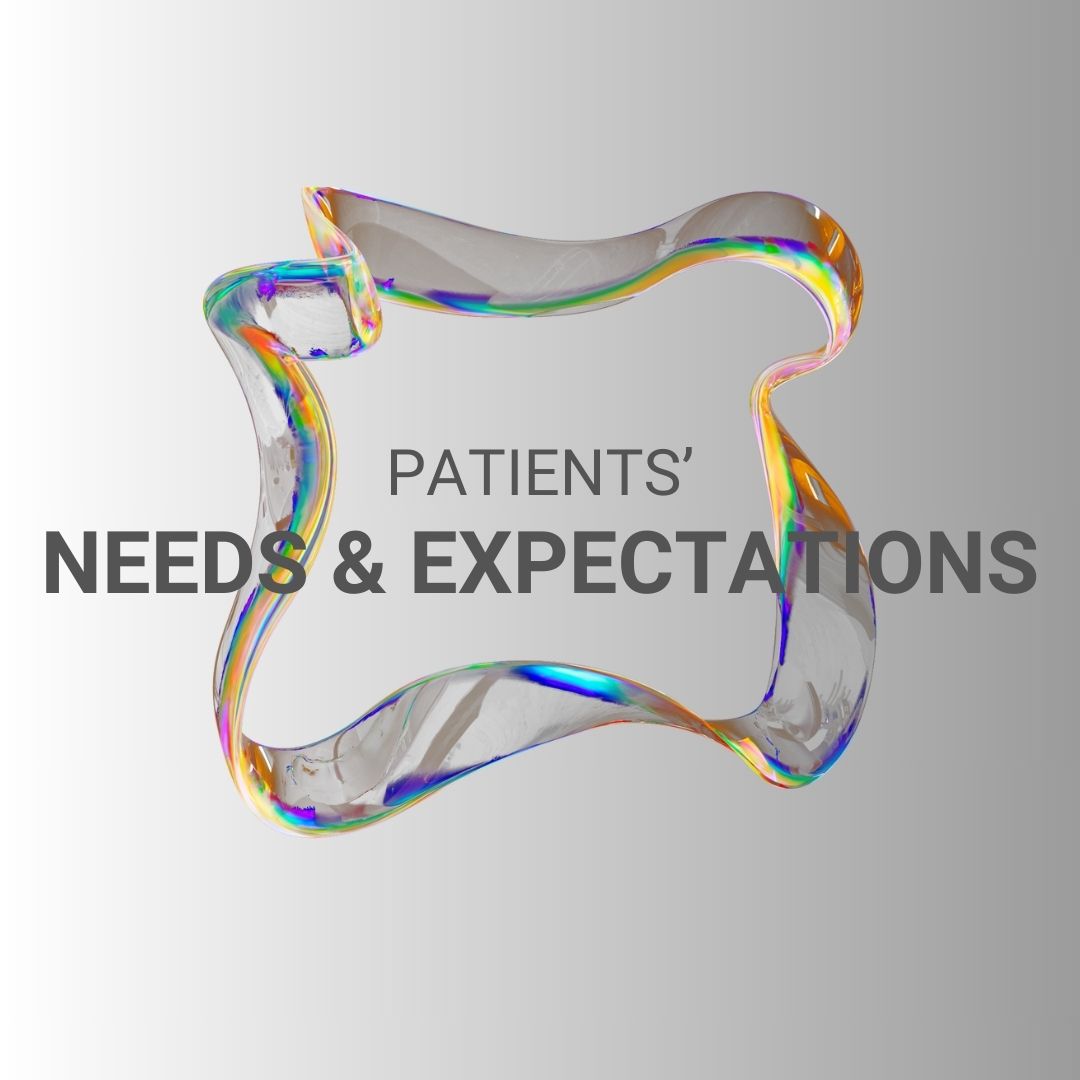
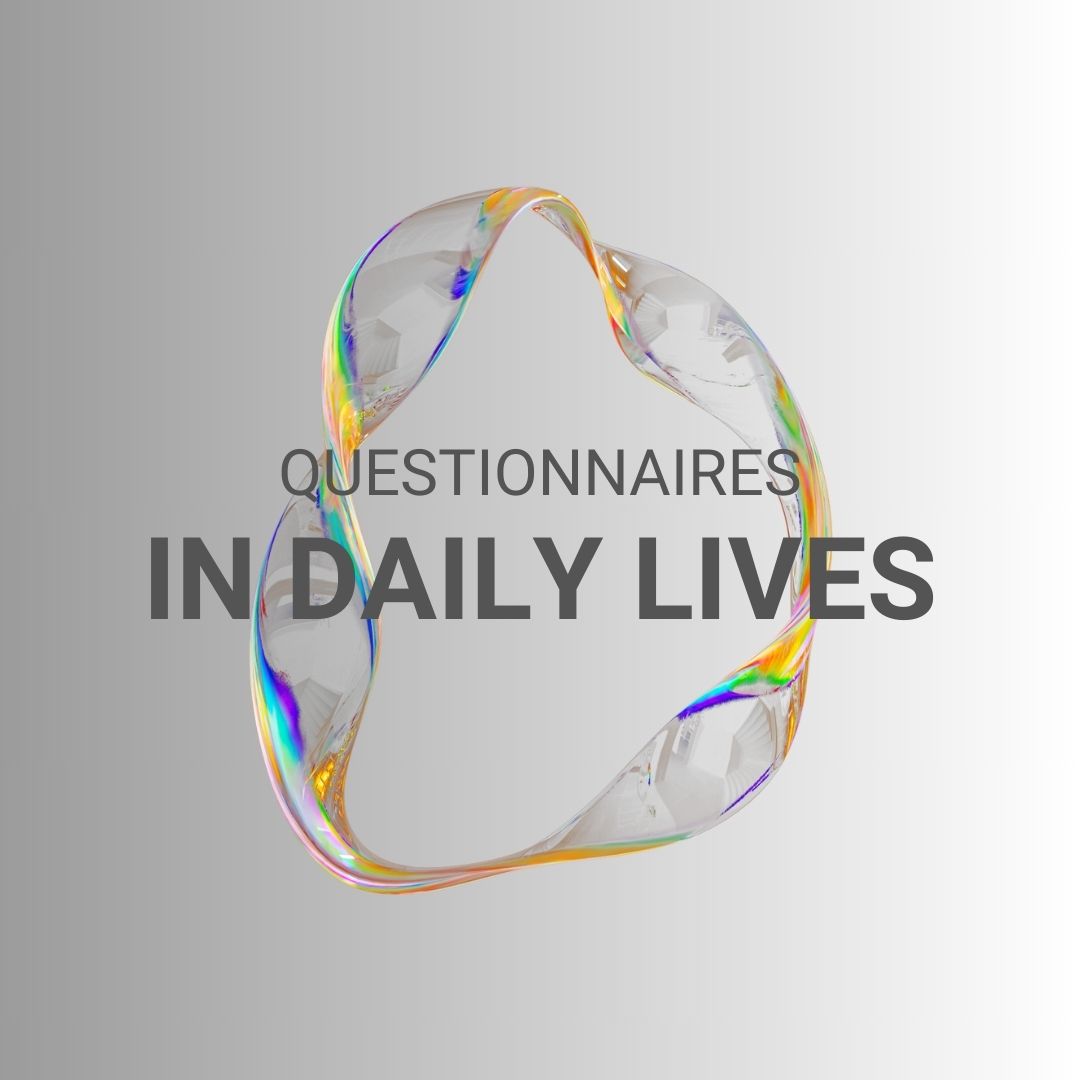
Research
Questionnaries
The use of questionnaires to assess the quality of life and vision in patients undergoing refractive lens surgery has become common in research and has been used to evaluate the performance of various monofocal or multifocal lenses after cataract surgery. But still using only questionaries can present several issues such as the distance between the patient's daily life and the world described by the questionnaire items.
- Questionnaires
- Daily life
Surveys
Daily activities
The main goal of these psychometric surveys is to assess a score on patients' ability to perform their daily activities. Summary scoring proved to be a simplistic method that assumes that all items are equally weighted and response options are equally distributed. More appropriate and robust questionnaires using Rasch analysis have been introduced to improve the accuracy of the questionnaires, to overcome the drawbacks of the first-generation surveys. However, assessing the quality of vision with these second-generation questionnaires, may not be able to evaluate vision performance adequately.
- Psychometric assessment
- Vision performance
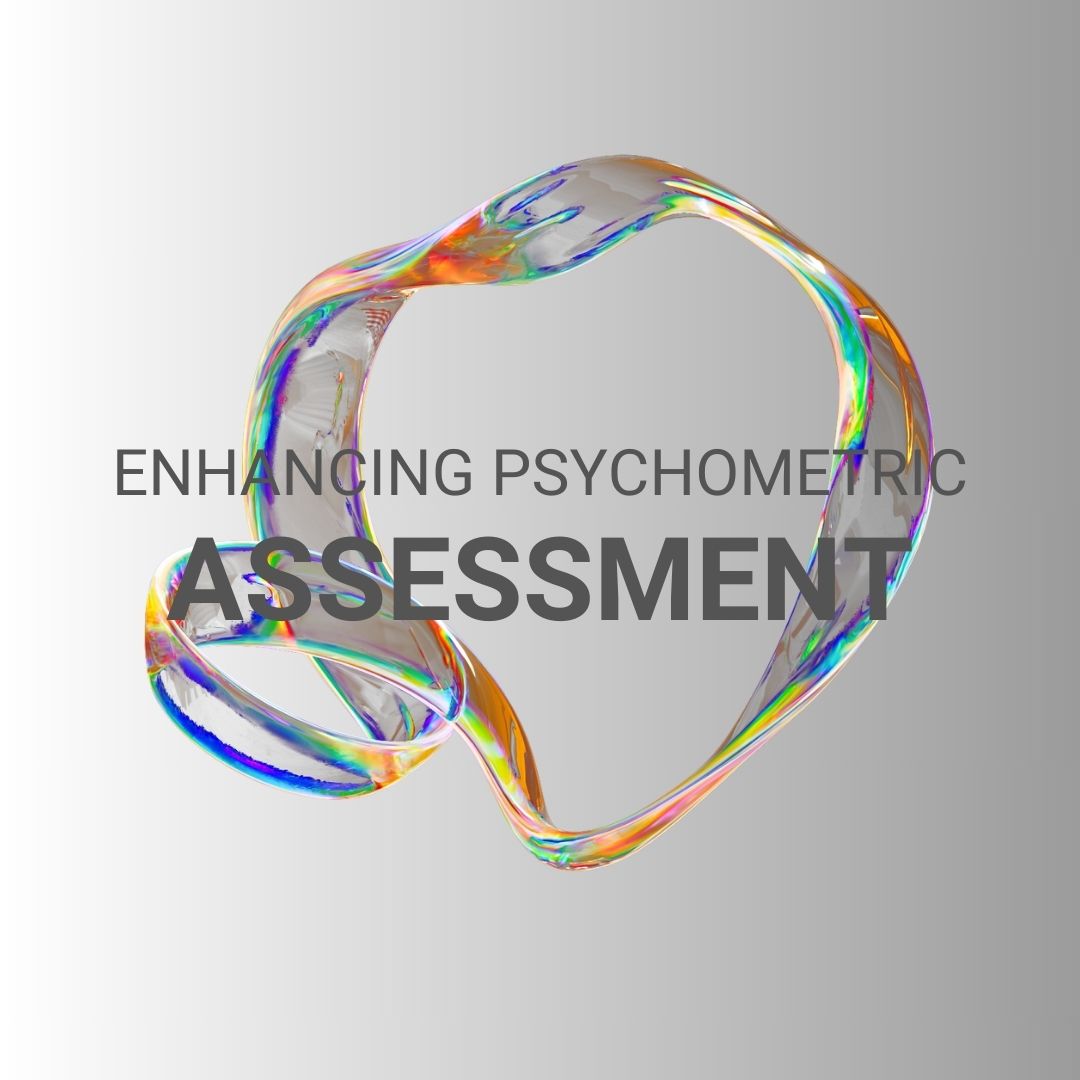
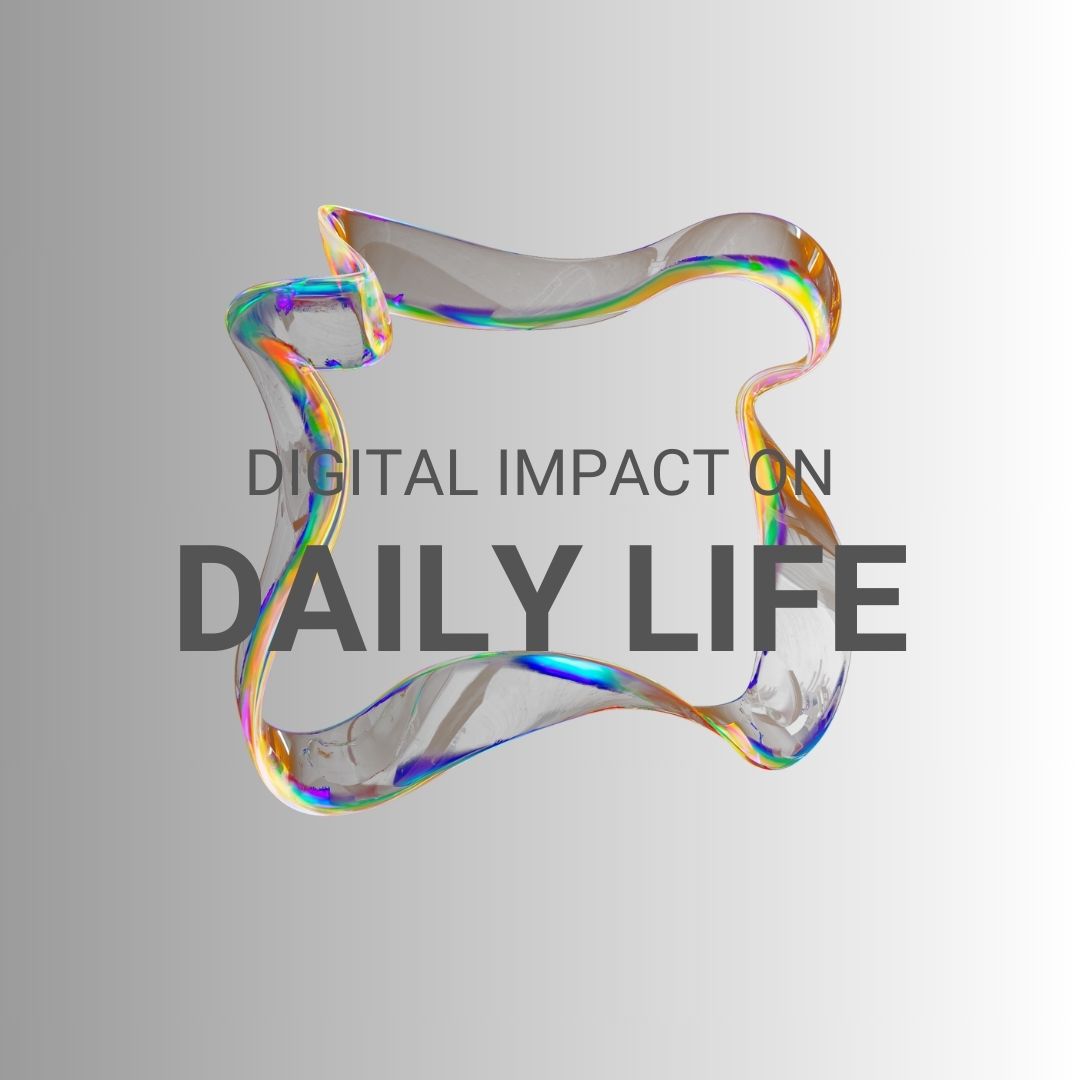
digital
Everyday life
Many activities of our everyday life are performed with the help of digital systems: beyond the daily use of devices, activities such as driving, which are often used as an example to describe a possible scenario in the quality of vision questionnaires, are no longer just an activity based on the ability to see and drive, but a human-car interaction that requires continuous adaptation of vision to high-contrast situations, such as driving and reading digital information, such as signs on the windshield or map navigation systems.
- Everyday life
- Digital life
Need
Measuring Quality of vision
Measuring the quality of vision is not only about how a person perceives a situation, but it is a more complex approach that aims to measure how the person lives the own vision in a specific context where different visual mechanisms are involved.
- Quality of vision
- vision mechanisms
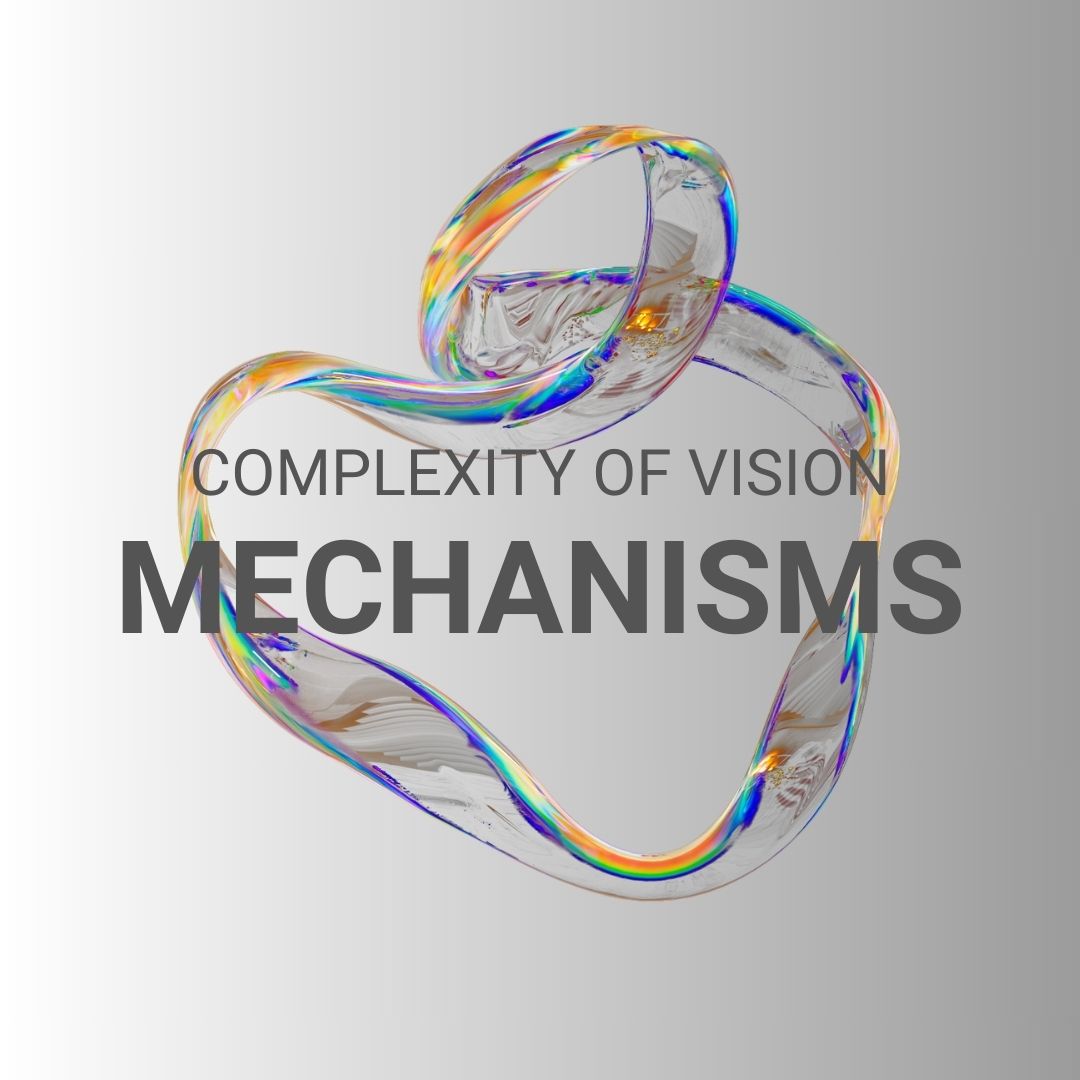
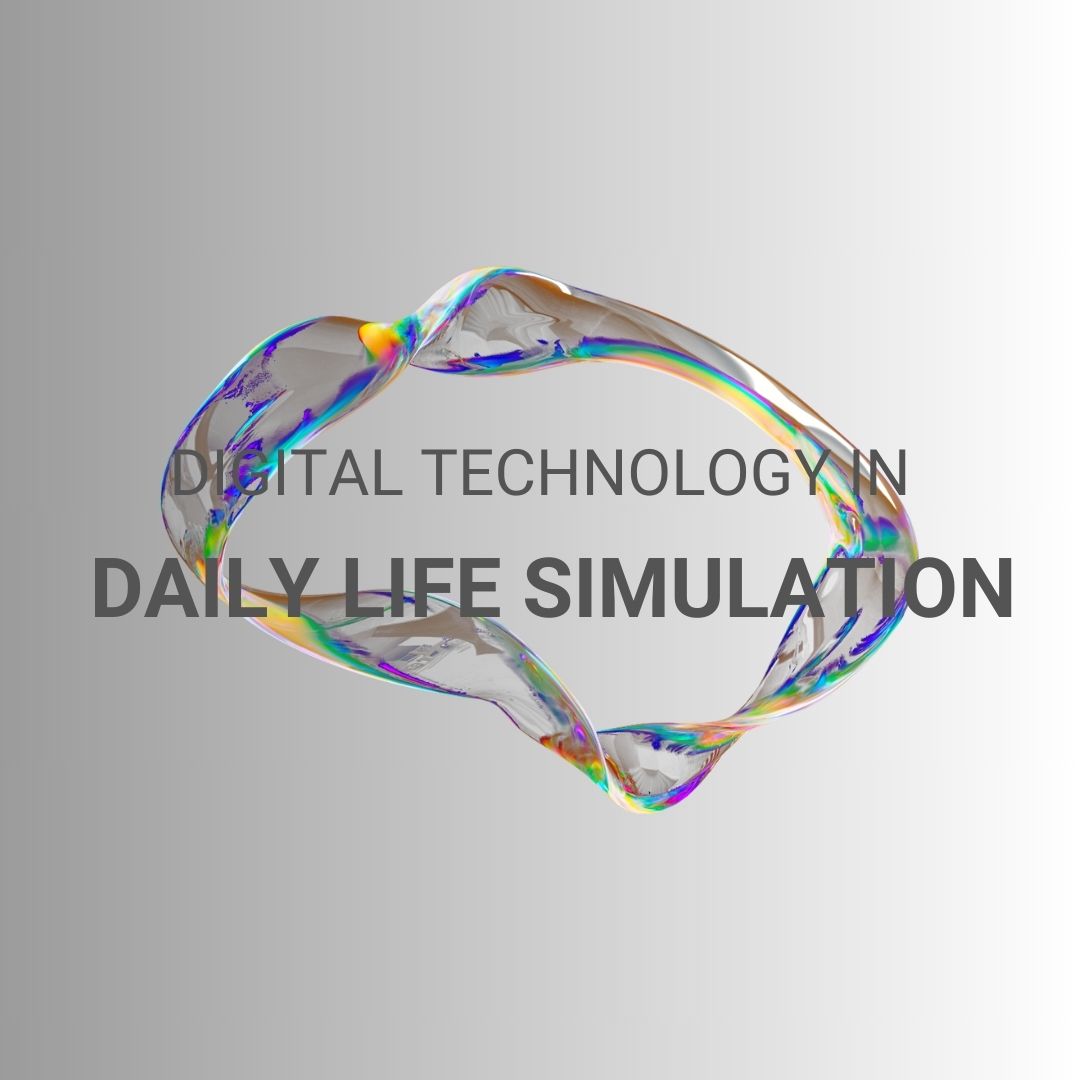
answer
Digital technology
Today, digital technology can give us the answer and the tools to do so. Digital systems can significantly improve the assessment of the quality of vision by helping to simulate daily life and identify the patient's condition and their actual needs or complaints to better target the therapeutic response. In conclusion, quality of vision is a growing topic, and current research should improve the use of more reliable and better-adapted tools for assessing the quality of vision.
- Digital technology
- Daily life simulation
optimal vsual performance
Personalized medicine
New studies and new instruments are essential to provide patients with increasingly personalized medicine and optimal visual performance.
- Visual performance
- Quality of vision
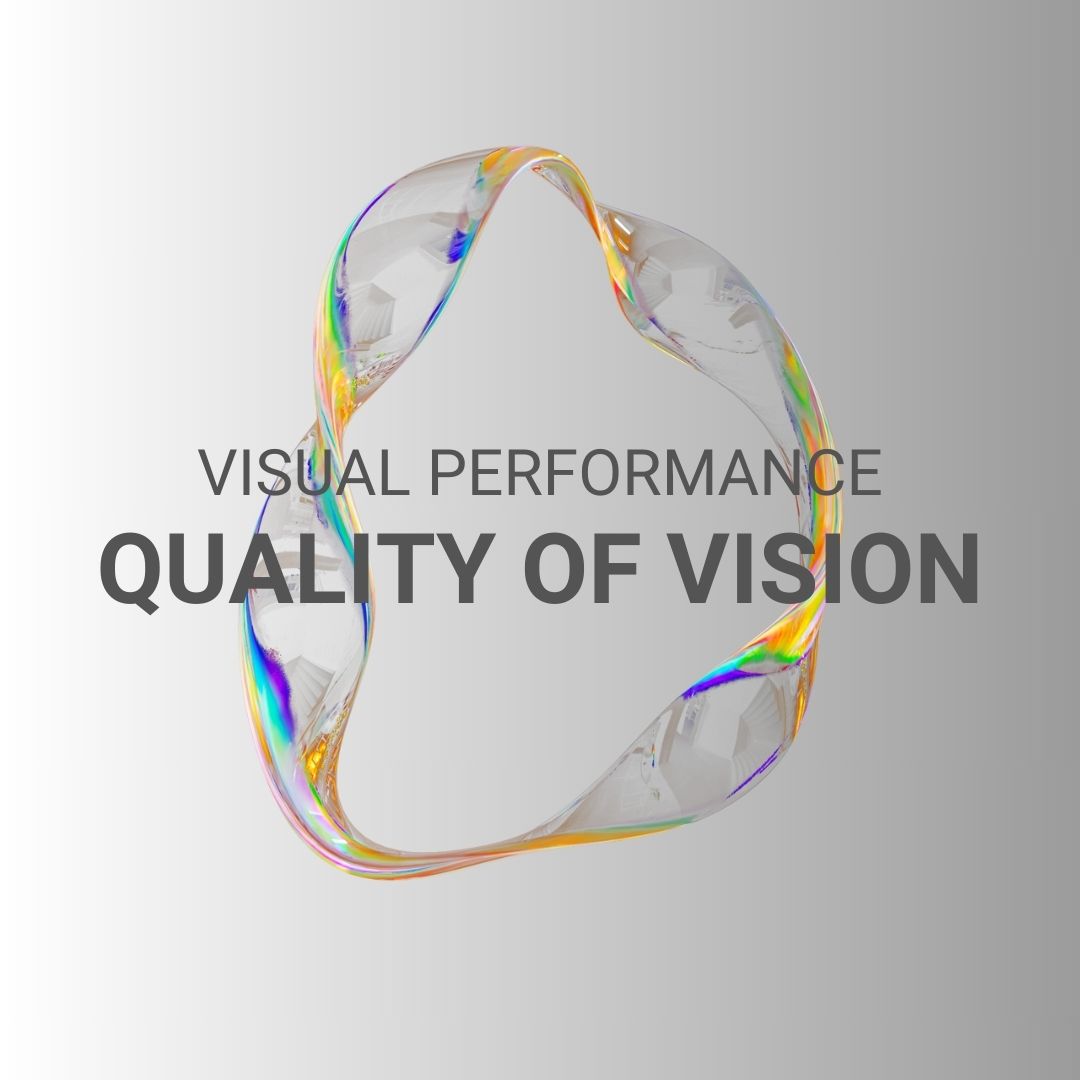
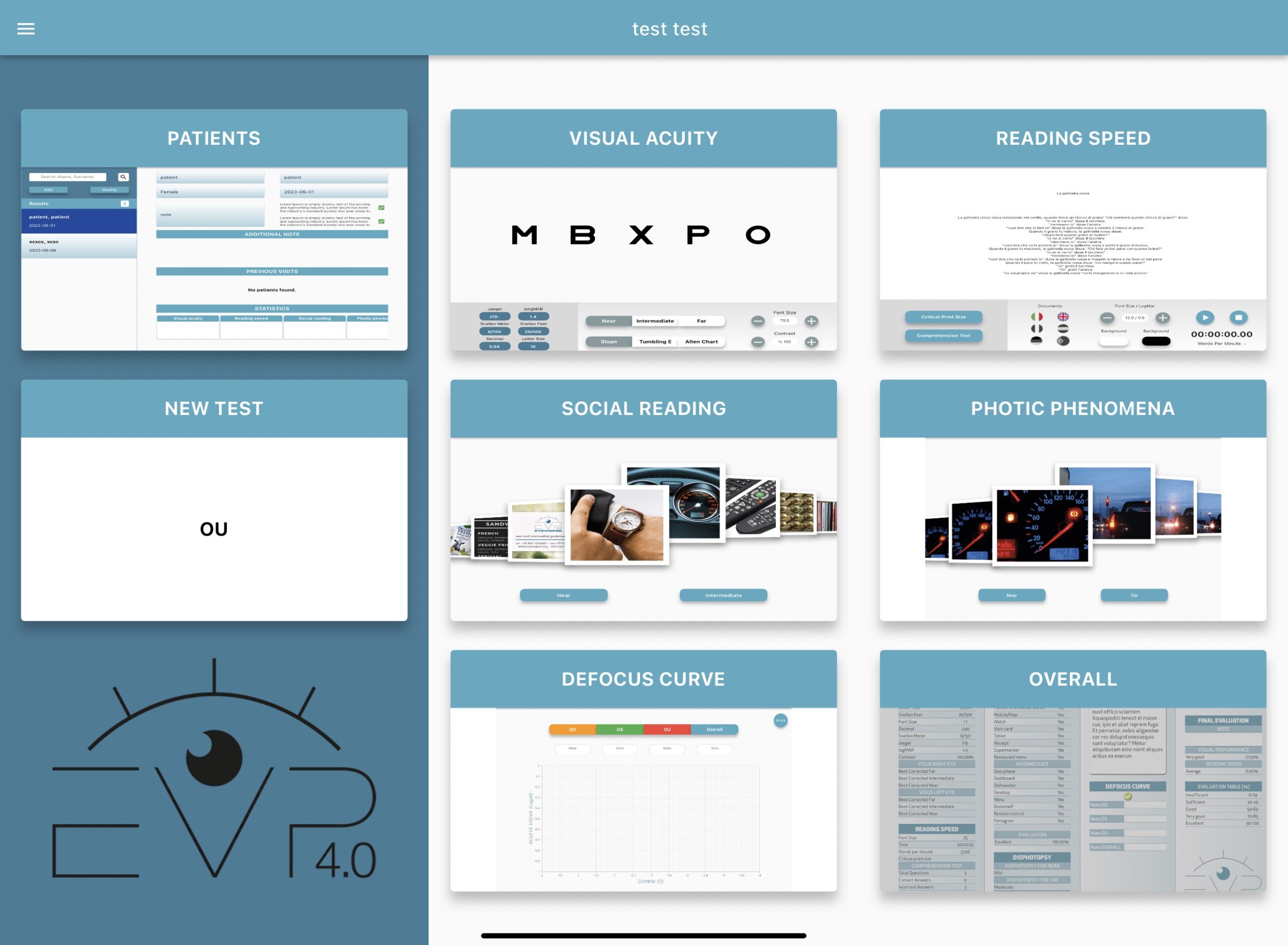
Solution
EyeVisPod 4.0
the natural evolution of eye chart. Not only a reading test, but a global evaluation of visual performance. Eyevispod is a mHealth could based app., a sum of tests, an algorithm, a result of years of study, experience and analysis to give a number to a subjective evaluation and want to be the base for this new concept.
- Algorithm
- Score
What we do
EyeVisPod is innovative method of measuring visual performance
Is the answer to the need of standardization in the ophthalmological field. Patient goes through a unique combination of six of the more important and significant optical tests that enables a complete quality of vision evaluation
Visual Acuity
- Near digital visual acuity test - Intermediate digital visual acuity
Contrast sensitivity
- Contrast sensitivity (0-100%)
Reading speed
- Critical print size - Reading speed evaluation - Reading quality
Social reading
- Near real life simulator - Intermediate real life simulator
Absence of Photic phenomena
- Near photic phenomena simulator - Intermediate photic phenomena simulator
Defocus curve
- Defocus curve generator
Quality of vision
“One of the most difficult things to assess is the quality of vision patients are experiencing.” Alan R. Faulkner, MD (Cataract and Refractive Surgery Today, June 2016)
Objective measures of quality of vision
“Objective measures of quality tell a very important part of the story, but PROs such as quality of vision, ocular comfort, and quality of life must also be considered.” Elizabeth M. Hofmeister, MD, CAPT, MC, USN (Cataract and Refractive Surgery Today, July 2014)
After refractive surgery matters
“Ophthalmologists understand that quality of vision after refractive surgery matters, but there is no clear consensus on how best to define or measure it.” Steven C. Schallhorn, MD (Cataract and Refractive Surgery Today, September 2013)
